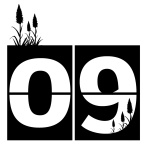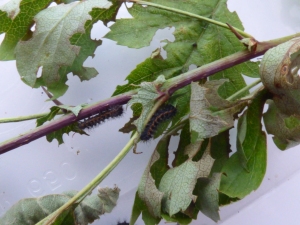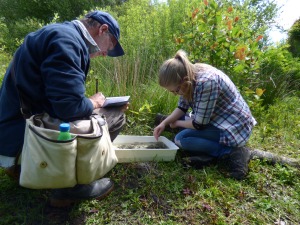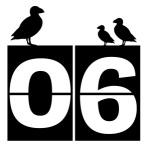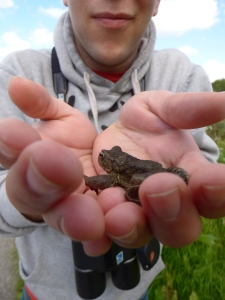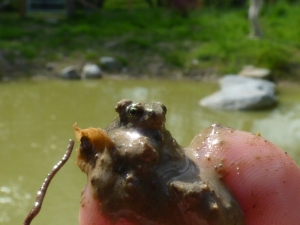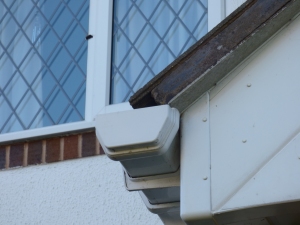Day Ten of Megan & Matt Go Wild!
Welcome to our joint-blogging series for the Wildlife Trusts’ 30 Days Wild Challenge – you can read more about the campaign and ourselves in our introduction page.
Matt (in Cambridge/Sandy)
Liftshare
On a day spent entirely at my desk, I have to get my wildlife where I can. Most days, that’s during my regular carpool lift to work.
Not only does my 35 minute lift to work give me a chance to spot swallows, kestrels, buzzards and occasionally red kites or barn owls; it’s also when I chat to colleagues and friends at the RSPB about the projects they’re working on – migrants, waders, bees, UK overseas territories, UK woodlands and more.
My daily lift to and from work helps me make sure I spend part of each day going wild.
Megan (in mid and coastal Dorset)
Continuing Matt’s theme of wildlife on the road, much of my connection with nature today came whilst I was driving. I did take some Cub and Beaver Scouts out in the evening for pond dipping and minibeast hunting, but I particularly noticed the nature whilst driving.
I had to go up to Brooklands Farm for the morning, which meant driving along the Weymouth Relief Road whose verges have been created as butterfly habitat. It has worked – 22 species of butterfly have been recorded there so far! I saw a few of them a couple of weeks ago.
I drove across Ferrybridge as I headed back to the Chesil Beach Centre and was awed by the vista that is Chesil Beach and the shining gem of the Fleet Lagoon.
Back up to Lorton for the early evening, and oxeye daisies were bobbing their flower heads in the breeze.


